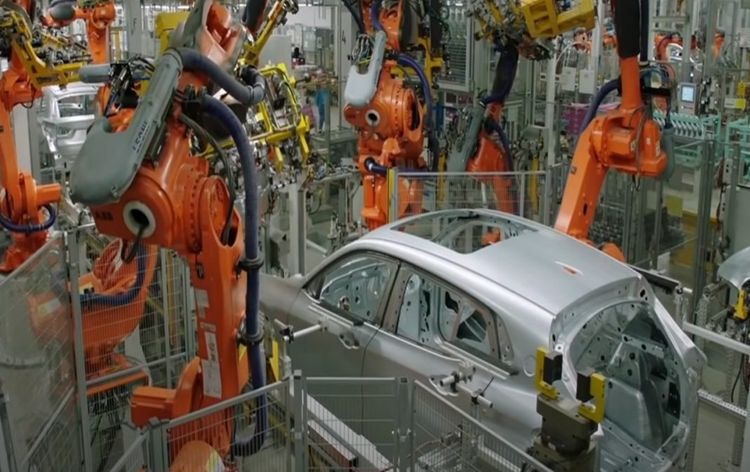The automotive industry accounts for 11% of global semiconductor demand, according to the Semiconductor Industry Association.
With that data in context, although India‘s auto exports experienced an average growth of 17.5% during the 12 months ended March 31, 2022 compared to the equivalent cycle of 2019-20 (before the pandemic), the persistent shortage world of semiconductors caused cuts in production and the temporary closure of factories in that country.
Global shortages of semiconductor chips, high raw material prices, input costs, logistical disruptions and potential global financial market volatility were seen as key downside risks to the domestic growth outlook.
At the same time, capacity utilization in several industries is approaching normal levels, although rising input costs and persistent supply bottlenecks, such as in automotive semiconductors, may prevent or delay a fuller recovery, according to the Reserve Bank of India.
With lessons from the 2021-22 experience, India’s contact-intensive sectors are expected to rebound over the next year, with positive implications for the workforce and for consumer demand.
Impact of Semiconductor Shortage on Automotive Sector
![]()
Automotive industry
Global supply-side disruptions in semiconductor chips extended to the automotive sector, where lower production and longer delivery times negatively affected registrations.
In India, passenger car sales contracted, while two-wheeler sales also fell in the second half and tractor sales were affected by the depletion of pent-up demand.
A low base fueled passenger air traffic growth, even though it remained down compared to pre-pandemic levels.
The port cargo segment, which showed resilience during the pandemic, was affected in the third quarter by the global shortage of containers.
Indicators that remain strong despite a high base include rail freight, electronic Goods and Services Tax (GST) invoices, and GST revenue.
Within transport and communication, prices of personal transport vehicles increased refl ecting a gradual pass-through of higher input costs (especially metals and microchips) by major automobile manufacturers.
![]()

